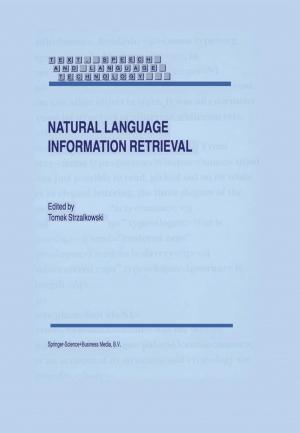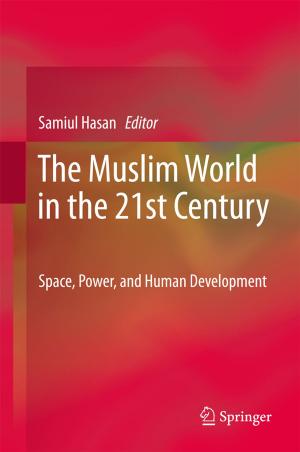Migration in China and Asia
Experience and Policy
Nonfiction, Social & Cultural Studies, Social Science, Cultural Studies, Emigration & Immigration, Sociology| Author: | ISBN: | 9789401787598 | |
| Publisher: | Springer Netherlands | Publication: | April 8, 2014 |
| Imprint: | Springer | Language: | English |
| Author: | |
| ISBN: | 9789401787598 |
| Publisher: | Springer Netherlands |
| Publication: | April 8, 2014 |
| Imprint: | Springer |
| Language: | English |
This book will enlarge our grasp of global migration phenomena, offering insights into the fascinating, at times startling, realities of human migration in Asia. The chapters presented in this volume offer variety in not only theme but in approach to migration in Southeast and East Asia. Particularly welcome for a volume on migration studies, a discipline that has long been dominated by economists, sociologists, and geographers, are the chapters that approach the subject from an anthropological or ethnological perspective. These chapters bring to our attention details of the lives of migrants and their communities that are often lost in studies of migration statistics, the economic aspects of migration, or aspects of urban geography with which we have become more familiar.
Some chapters are more theoretical in nature and herein lie some of the most important reasons for studying migration involving Asian countries: migration studies have, until relatively recently, developed their theoretical insights on the basis of European migration to North America. Asian migration offers new theoretical challenges to migration scholars; its dynamism is such that predictions of what is to come are not for the risk averse. The empirical studies here provide fascinating details of the strategies used by asylum seekers, of marriage migration, of the role of homeland languages in education, of the workings of ethnic entrepreneurs, of the media’s role in sustaining Chinese communities, and on the incentive structures that are helping to shape return flows to China.
For readers who are from Asian countries, this book will illuminate the changes that are taking place in your region as a result of migration. For readers from developed and other societies, it will provide new insights into migration involving this understudied part of the world, an area that supplies the lion’s share of immigrants to developed economies, and the area whose rapid economic development will soon make it their greatest competition for migrants, especially the highly skilled.
This book will enlarge our grasp of global migration phenomena, offering insights into the fascinating, at times startling, realities of human migration in Asia. The chapters presented in this volume offer variety in not only theme but in approach to migration in Southeast and East Asia. Particularly welcome for a volume on migration studies, a discipline that has long been dominated by economists, sociologists, and geographers, are the chapters that approach the subject from an anthropological or ethnological perspective. These chapters bring to our attention details of the lives of migrants and their communities that are often lost in studies of migration statistics, the economic aspects of migration, or aspects of urban geography with which we have become more familiar.
Some chapters are more theoretical in nature and herein lie some of the most important reasons for studying migration involving Asian countries: migration studies have, until relatively recently, developed their theoretical insights on the basis of European migration to North America. Asian migration offers new theoretical challenges to migration scholars; its dynamism is such that predictions of what is to come are not for the risk averse. The empirical studies here provide fascinating details of the strategies used by asylum seekers, of marriage migration, of the role of homeland languages in education, of the workings of ethnic entrepreneurs, of the media’s role in sustaining Chinese communities, and on the incentive structures that are helping to shape return flows to China.
For readers who are from Asian countries, this book will illuminate the changes that are taking place in your region as a result of migration. For readers from developed and other societies, it will provide new insights into migration involving this understudied part of the world, an area that supplies the lion’s share of immigrants to developed economies, and the area whose rapid economic development will soon make it their greatest competition for migrants, especially the highly skilled.















